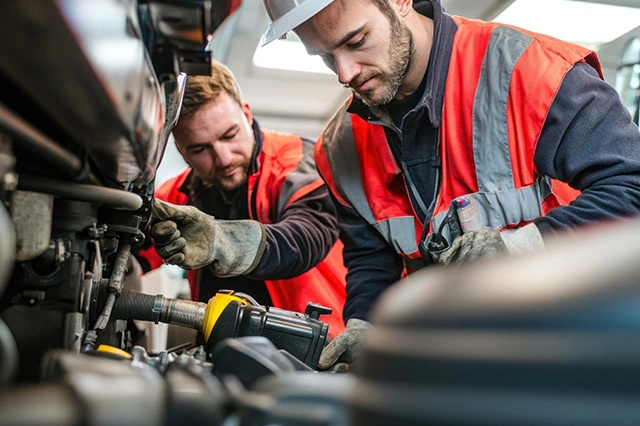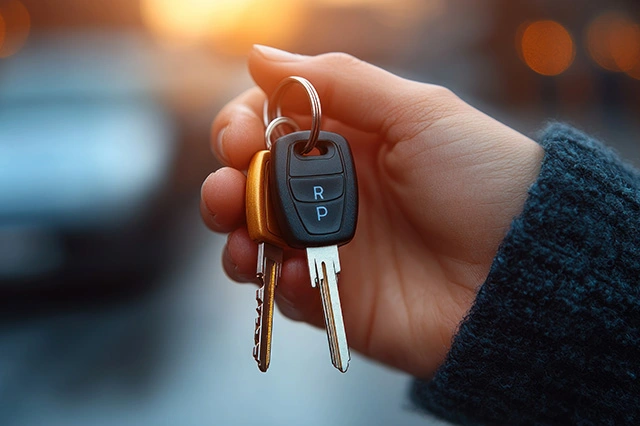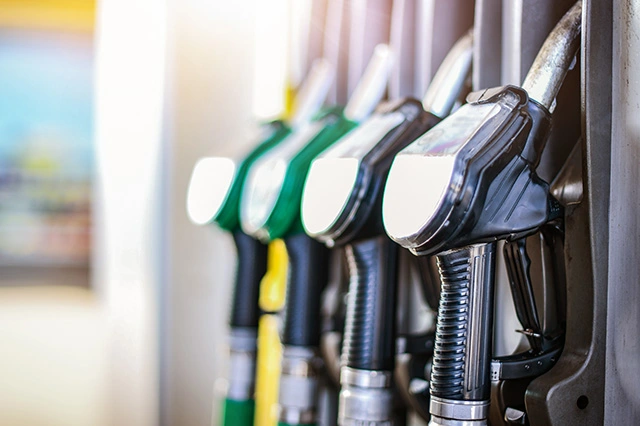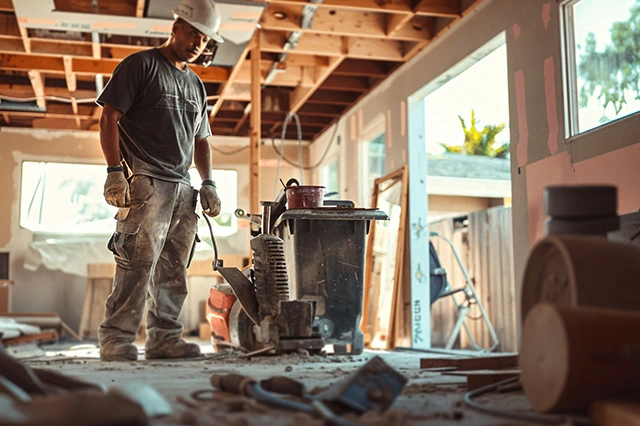The second-hand car market surged to a 12-month high in July, driven by a combination of factors including rising living costs, reduced new car availability, and changing consumer preferences.
The increase marks a significant moment in the car trade industry as more Britons turn to used vehicles as a cost-effective and practical alternative.
Drivers Behind the Boom
The record sales in July were largely influenced by ongoing economic challenges facing UK households. With inflation continuing to outpace wage growth, consumers are increasingly looking for ways to manage their expenses. The cost of new cars, exacerbated by supply chain disruptions and semiconductor shortages, has remained high, pushing more buyers toward the second-hand market where vehicles offer better value for money.
Additionally, the shift towards sustainability and concerns about depreciation have led many consumers to opt for used cars. The appeal of avoiding the steep depreciation associated with new vehicles is particularly strong, especially among those looking to stretch their budgets further. This also coincides with an increase in part-time motor traders looking to earn extra cash.
Average Value and Market Trends
In July, the average value of a second-hand car was approximately £9,700, reflecting both the increased demand and the higher quality of vehicles now available in the market. This figure represents a year-on-year increase of around 6%, as more recent models with modern features, fuel efficiency, and lower mileage dominate the market.
Popular vehicles in the second-hand market continue to be smaller, more fuel-efficient models, as well as affordable SUVs. The Ford Fiesta, Volkswagen Golf, and Nissan Qashqai topped the list of most commonly purchased cars, aligning with trends from previous months where practicality and economy have been key considerations for buyers.
Demographics of the Used Car Buyer
Interestingly, the demographic profile of second-hand car buyers is shifting. Traditionally, older consumers and those purchasing a second family vehicle made up a large portion of the market. However, July’s data shows a marked increase in purchases by younger drivers, particularly those aged 25-34. This age group, facing economic pressures such as student loans and rising living costs, is increasingly opting for used vehicles as a more financially viable option.
The data also suggests that younger buyers are more focused on finding vehicles that balance affordability with modern technology, such as integrated smartphone connectivity and advanced safety features. This shift indicates a growing demand for relatively newer used cars that offer these conveniences without the price tag of a brand-new model.
Looking Ahead
As the economic outlook remains uncertain, the second-hand car market is likely to stay strong in the coming months. The combination of high new car prices, ongoing supply issues, and consumer desire for value is expected to keep demand for used vehicles robust.
For both buyers and sellers, the current market dynamics represent a period of opportunity. Sellers benefit from higher residual values, while buyers are finding greater options and better value compared to new cars. As the second-hand market continues to evolve, it will play an increasingly critical role in the broader car sales landscape.
The July surge in second-hand car sales underscores the resilience of the market in the face of economic challenges, highlighting the growing importance of value and practicality in consumer decisions.
If you work within car sales and are looking to compare car trade insurance, give our team a call and we will be happy to help find you a competitive quote.







